You don’t need to be a food or wine expert to love champagne. It’s a drink that, once you know a bit about it, easily integrates into your hosting routine and can make any occasion feel extra special.
Don’t be intimidated by the sometimes crazy price points, confusing labels or high-end facade. Champagne doesn’t have to be an inaccessible, mysterious luxury.
Let’s break it down:
Champagne Production
Champagne is sparkling (carbonated) wine produced from grapes grown in the Champagne region of northern France.
The process that turns basic wine into champagne is called second fermentation. When making non-carbonated wine, sugar is fermented into alcohol and carbon dioxide by yeast and the wine is then bottled. The second fermentation takes place inside the sealed bottle – the sugar continues fermenting, but this time the carbon dioxide cannot escape the hermetic seal, producing bubbles. Et Voila! Champagne. It is typically aged at least three years before considered ready for consumption.
Types of Champagne
Champagne is made from three types of grapes: chardonnay, pinot noir and pinot meunier. The kind of grape or blend used determines the champagne type. The vintage means the year of production. Most champagne is a blend of vintages, while some bottles are only from a single year.
- Blanc de Blancs
Translated as “white from whites,” this champagne is made from only chardonnay grapes. It is typically crisp, fresh, light and acidic. Perfect as an aperitif or with food such as sushi, caviar or other fish. Try: Diebolt Vallois Fleur de Passion Blanc de Blancs, Bonnaire Grand Cru Blanc de Blancs - Blanc de Noirs
Translated as “white from blacks,” this champagne is made from either pinot noir or pinot meunier grapes. The color is golden and the taste is quite structured, with a medium to full body. This is a wine you can drink with a meal – spicy food, fish, or even duck. This tends to be a rare blend, so the bottles can be expensive. Try: Gosset-Brabant Noirs d’Ay Grand Cru, Lelarge-Pugeot Les Meuniers de Celence - Cuvée
A Cuvée is any blend of the three grape varietals made from the first gentle pressing of the gapes. It is considered the best juice. Try: Roger Brun Cuvée des Sires Extra Brut 2010, Bollinger Cuvée Special Brut - Rosé Champagne
There are two ways to make rosé. The most common, called Rosé d’assemblage, is to mix a small amount of red wine (also produced in Champange, of course) with white wine before its second fermentation. The second method, called Rosé de Saignée, is when the grapes remain in contact with the grape skins for a few hours, thus becoming pigmented. Rosé de Saignée is generally more vinous, allowing it to pair well with food. The pink color of rose can vary greatly, but this is not indicative of its quality. Try: J.M. Tissier Cuvée Aphrodite Rosé de Saignée, Bonnaire Brut Rosé
Sweetness Level
The sugar added after the second fermentation, called the dosage, affects the amount of sugar leftover once the second fermentation has occurred and therefore how sweet the champagne tastes. There’s no “best” in this situation. It’s purely a matter of personal taste as to how sweet or dry you prefer your champagne.
Here’s what each of the demarcations mean:
- Brut Zero: no sugar, unusual with large-scale producers
- Extra Brut: less than 6 grams of residual sugar/liter
- Brut: less than 12 grams
- Extra Dry: 12 – 17 grams
- Sec: 17 – 32 grams
- Demi-sec: 32 – 50 grams
- Doux: 50 grams
Other words you might see on a champagne bottle:
Reserve & Prestige: Indicates highest quality grapes.
Traditional: Basic champagne made in the traditional method.
Grand Cru: Denotes that the grapes were grown in one of the 17 Grand Cru villages of Champagne.
When to Drink Champagne
Champagne was originally created by accident; when cold winter temperatures prematurely stopped fermentation, a second fermentation began when the frozen yeast in the bottles thawed. Initially, it resulted in exploding bottles. Not until the 17th century did winemakers begin to control the second fermentation and by the 19th century, the champagne industry as we know it began to take form.
At first, champagne was seen as a dessert wine – it was much sweeter than it is today. Now, of course, there are varying levels of sweetness and therefore a wealth of ways to enjoy a glass.
- Aperitif: This is how most people enjoy their champagne and it does add an air of luxury, doesn’t it? A drink for before you begin your meal? How decadent! Aperitif champagnes are meant to stimulate the appetite, so you’re best served in a dry variation, such as a blanc de blancs or an Extra Brut.
- With Food: The most common misconception about champagne is that one can’t drink it with a meal. While most experts will tell you that red meat and other heavy meals won’t pair well, plenty of light dishes and particularly sea food or Asian cuisine (Japanese particularly) work wonderfully. What you want for food is champagne with a bit of body and creaminess, so that it can hold its own against the meal.
- Digestif: Traditionally strong and sweet to aid the digestion process (allegedly…), a champagne digestif can be taken on its own or mixed with another liqueur, such as a tawny port, to make a cocktail. Think of a digestif as the opposite of an aperitif: rather than dry, you want sweet.
How to Incorporate Champagne into Your Hosting
- Have it as a starter. As guests arrive, greet them with a glass of cold champagne. Is there anything more glamorous?
- Swap it out for your wine at dinner. As noted above, some of these champagnes pair well with a starter or light meal, like a grilled tuna filet or sushi. Next time you’re having something you think would pair well with a bottle, try it out.
- Have a tasting party! Pick up a mix of champagne types and invite friends over to try.
- Use it to make a tasty mixed drink. It’s blasphemy for many champagne-makers, but hey, why not try something different? We already know that champagne is delicious with orange juice (mimosas) or peach puree (a bellini – usually made with Prosecco) but I once had champagne with a touch of elderflower cordial and sliced ginger; the possibilities are endless.
Extra Tips & Tricks
- A champagne stopper is a good idea! Before getting a good stopper, you might think you need to drink an entire bottle every time you open one. What a tragic life to lead. But no more tears; discover the beauty of the air-seal champagne stopper and suddenly you’ll have a lot less morning-after headaches. All of the champagne-makers we visited used these, so they come highly recommended.
- If you’re wearing lipstick or even lip balm when you drink, you’ll notice that the foam on top of the champagne disappears almost immediately. It doesn’t affect the taste, but if you like a nice head of foam then wipe off the lip-dressing before drinking.
- Champagne is best-served chilled, so pop your bottle into the refrigerator an hour or two before serving, or even the freezer for a short time in a pinch. If you have an ice bath, use it between glasses.
This is a lot of information; the key aim is to show that it’s possible to make champagne about more than that night at the club or a special graduation. Just as you can learn to enjoy wine in a responsible, knowledgeable and appreciative way, the same is true of champagne. But don’t get too caught up in what the experts say.
As Roger Brun of Champagne Roger Brun at Les Clos Saint Georges in Ay says over lunch, “When people ask me what the best champagne is, I tell them that there is no ‘best’ champagne. There’s only the champagne that you like best.”
Now pop those corks and enjoy yourself!
Images via Rebecca Thandi Norman and edited by Freya McOmish

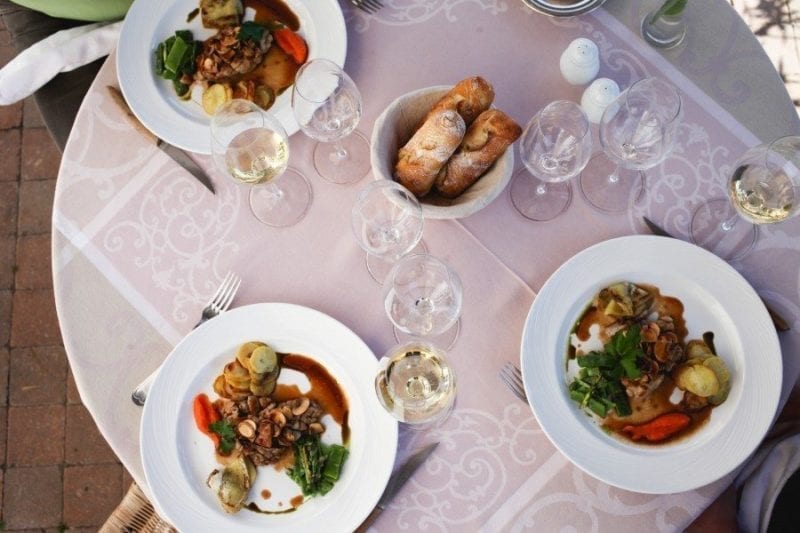
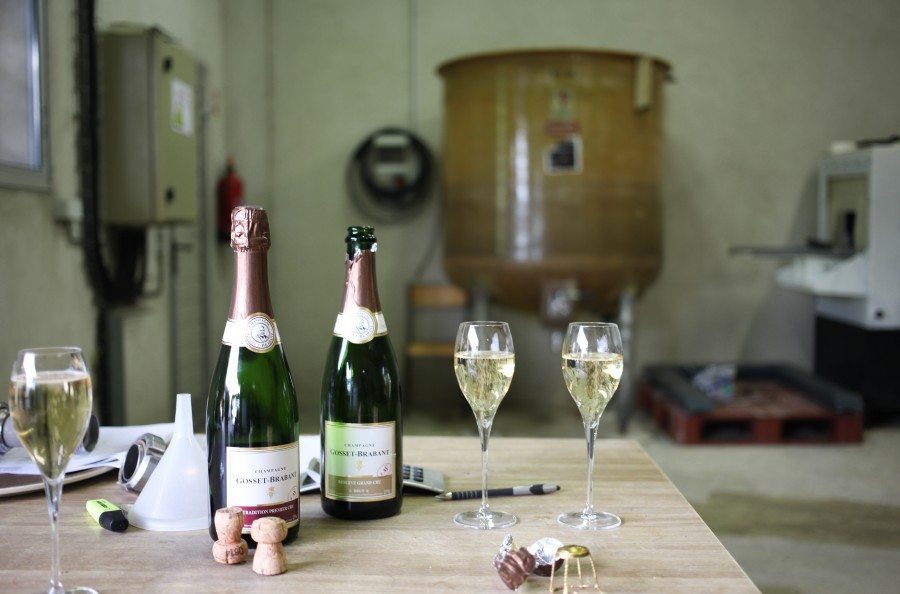
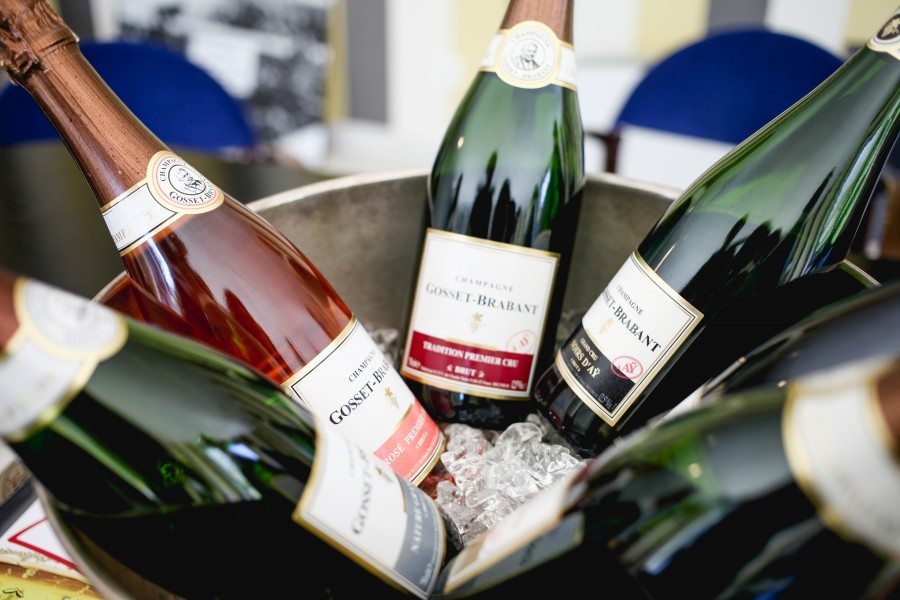
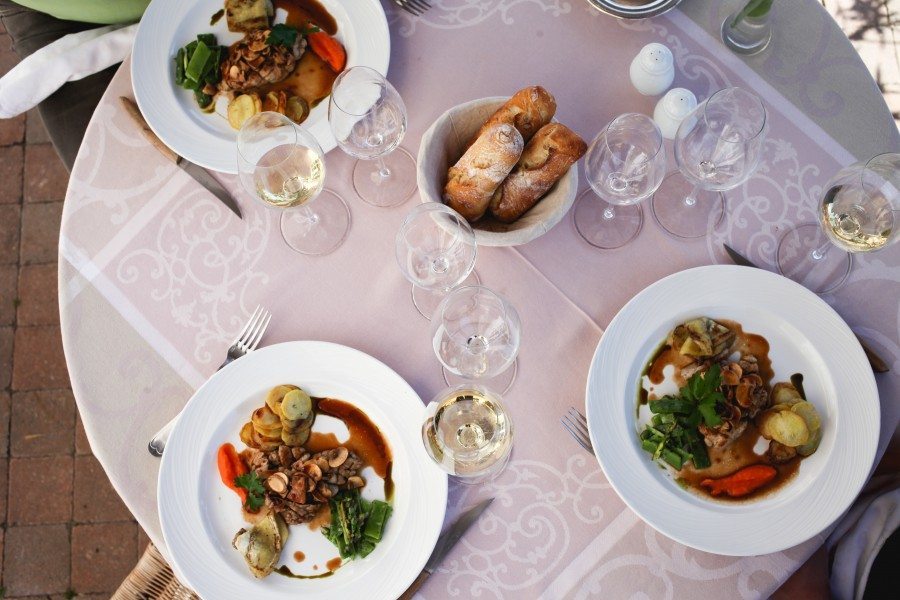
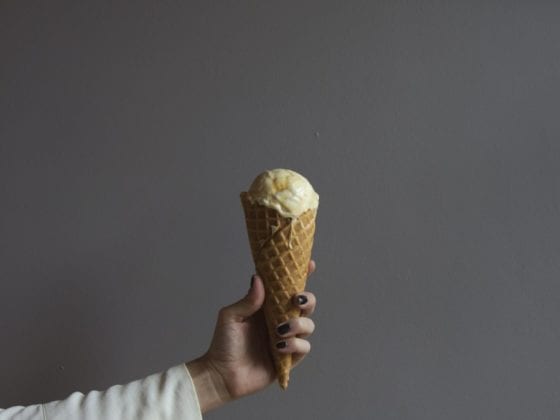


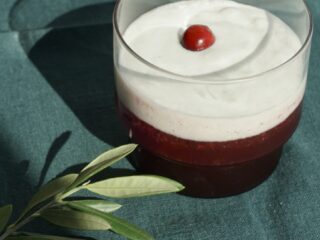

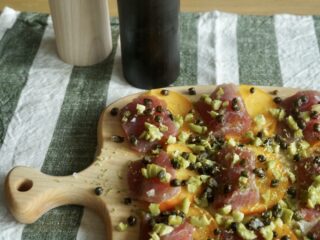
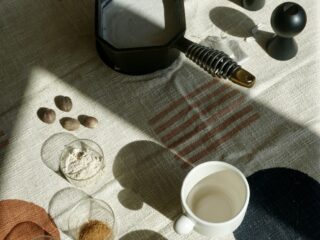
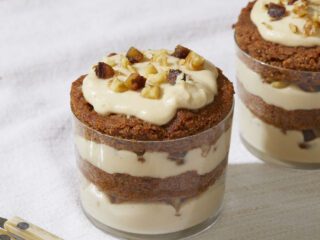
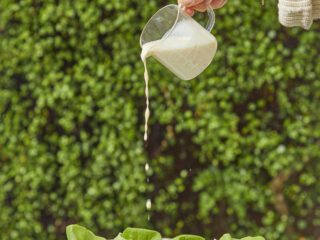
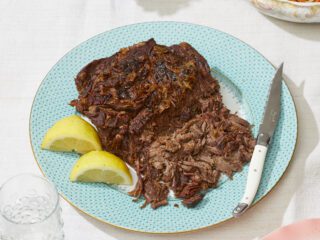
1 comment
My sister and I just moved in together, and while we were unpacking boxes, we discovered a champagne ice chiller! I’m thinking a champagne tasting house warming party would be brilliant!! Love this post cuz I love me some champagne!